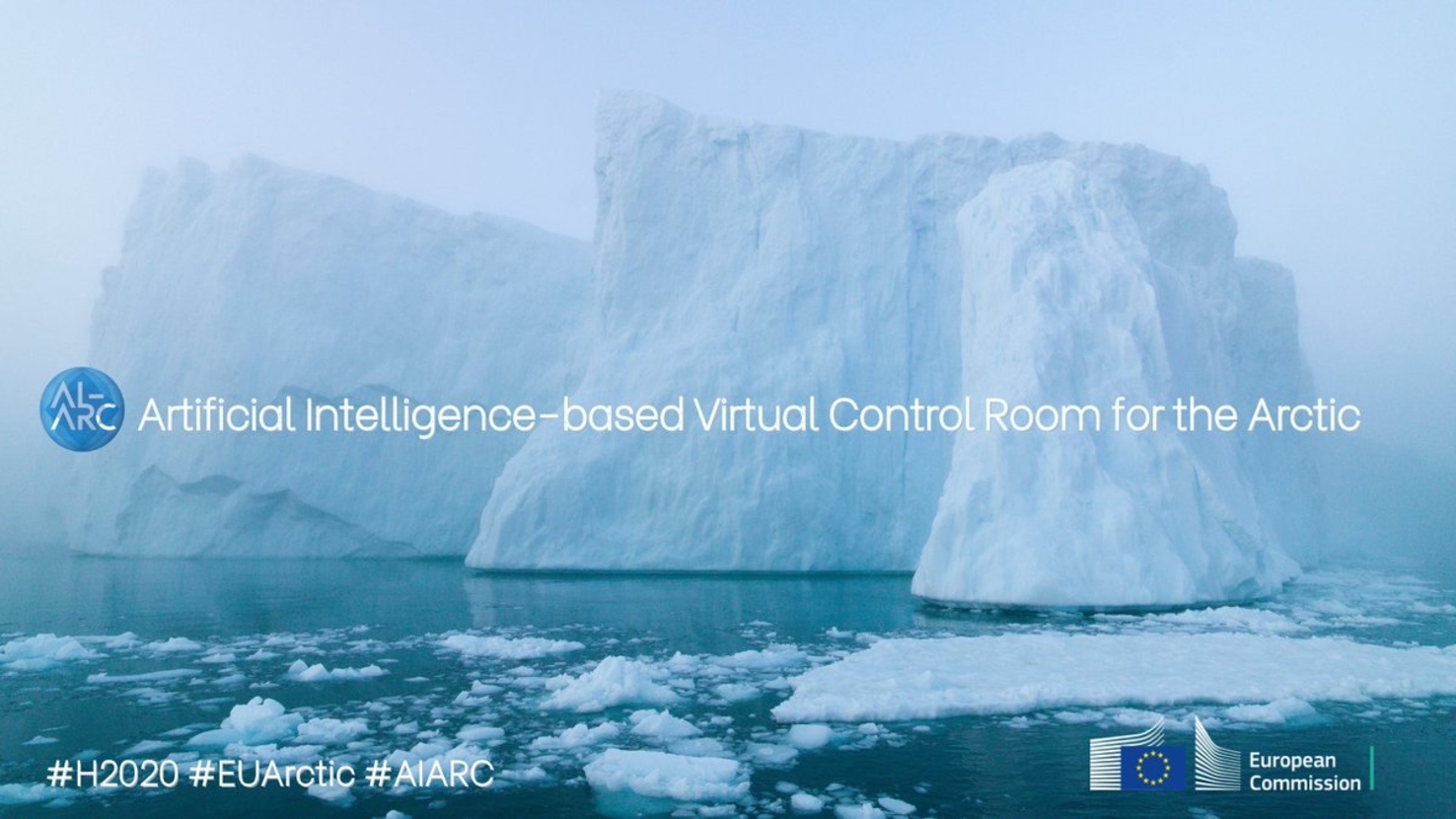AI-ARC is a solution for automated multinational monitoring of maritime critical infrastructure
The AI-ARC project aims to create an innovative artificial intelligence (AI) based platform.

The AI-ARC project aims to create an innovative artificial intelligence (AI) based platform that provides powerful situational awareness for decision-making and safety for all maritime actors in the Arctic and High North Seas. Horizon 2020 funded project is coordinated by Laurea University of Applied Sciences.
Climate change is causing Arctic ice to shrink to smaller areas in the summer season. Northern sea routes are opening for longer periods and ship traffic of all kinds is increasing – including cargo, fishing and cruise vessels. Safety and environmental risks are growing in northern waters, driving the need for increased navigational safety, shared situational awareness, and coordination between maritime search and rescue (SAR) and Emergency Preparedness and Response actors. Meanwhile, illegal maritime activity and threats to marine infrastructure require effective, timely countermeasures.
This is the challenge the EU Horizon 2020 funded AI-ARC project (Artificial Intelligence based Virtual Control Room for the Arctic) is aiming to solve. The purpose of the project is to create a new system based on artificial intelligence that facilitates the creation of a situational picture in the Arctic region. The aim of the system is to serve all actors in the Arctic area to improve maritime safety. The system can later be developed to increase safety not only in the Arctic area but also for example heavily trafficked areas or areas with critical infrastructure.
Virtual Control Room supporting decision making
The AI-ARC approach is a game-changer in maritime surveillance. To conquer this issue, the AI-ARC project aims to integrate multiple services that will support operators by providing automated and resource-conserving monitoring of the maritime situation. Based on historical data, the AI-ARC services may analyze the status quo and, for example, detect anomalies, recognize intent, or assess risk to provide alerts or warnings about dangerous or suspicious behavior. Also, AI-ARC services may predict the future course of current events, e.g. the prediction of vessel movement, to enable an early response to developing situation. In future the system can be further developed to recognize and assess other types of anomalies and possible threats, which makes it important tool in the changing security situation.
Another specificity of AI-ARC is to bridge the community of national maritime administrations and EU agencies with the civilian maritime communities: the dual-way link between the “Virtual Control Room” and the bridge of any subscribing merchant ship allows incorporating the real-time in situ data possibly collected by transiting vessels to enrich the situation awareness – a very significant capability enabler in High Seas.
The Virtual Control Room (VCR) is a shared situation visualization and analysis software system for AI-ARC anomaly services. Each user joins the VCR using a VR headset and its controls, or they can collaborate using personal computers and tablets alongside shared digital map tables or large screens. Any number of users can work independently and remotely from each other in the same situation.
The largest Laurea-coordinated EU project brings together global actors
The AI-ARC project has received funding from the European Union’s Horizon 2020 research and innovation programme. The project consortium is led by Laurea University of Applied Sciences and gathers 22 partners from 12 different countries.
AI-ARC approach is implementing European security-related policies such as the European Security Union Concept and EU Maritime Security Strategy and its Roadmap". It supports and increases synergies with the information exchange systems for maritime authorities.
The AI-ARC solution has unique features that include double dual approach that means it can be used in both civilian and military use as well as by public and private sectors. It is also cross-sectoral (maritime trade, sea resources exploitation, environment protection and climate change monitoring, border control, security and defense) and has direct benefits for citizens and businesses (lives saved at sea, critical infrastructure protection, environmental protection, securing blue growth).
The partners are looking for funding for the further development of the VCR, so that it also responds better to the threats created by the changed security situation.
More information:
- Isto Mattila
- Project Specialist
- isto.mattila@laurea.fi
- Tel (09) 8868 7100